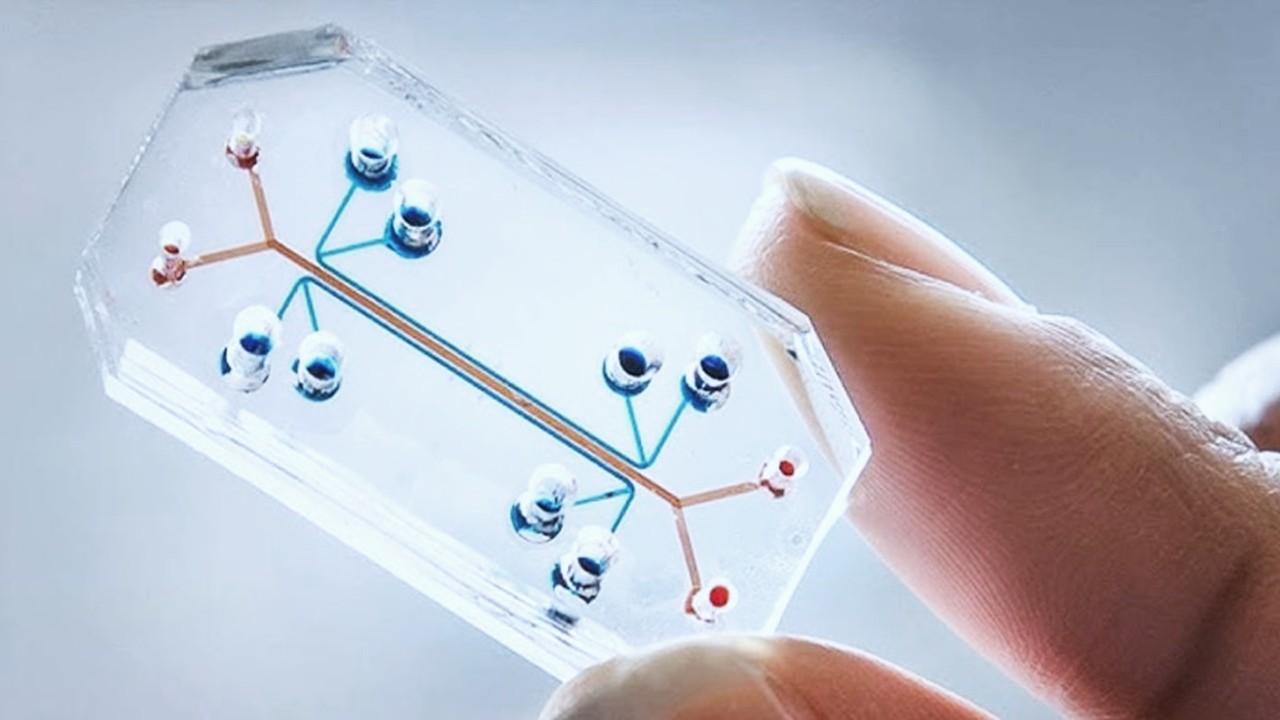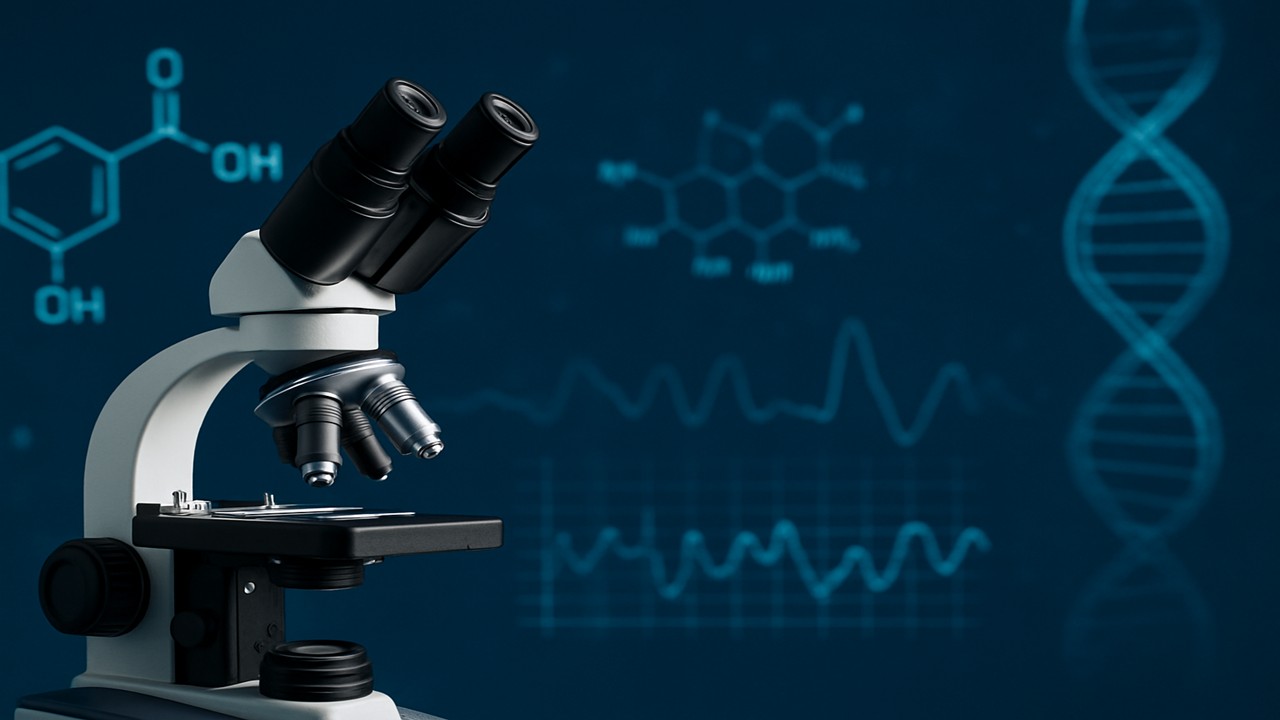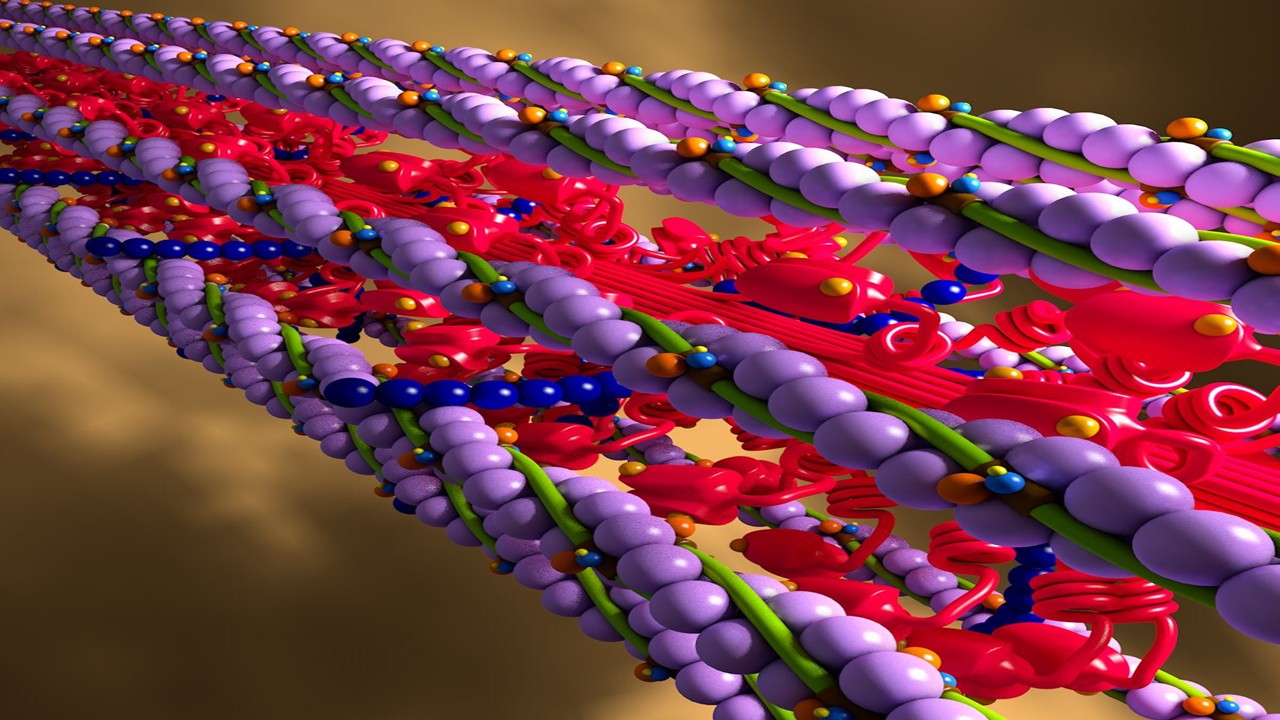In the ever-evolving field of drug discovery, the journey from a chemical compound to a therapeutic medicine has become increasingly sophisticated. What was once a largely serendipitous process of discovering drugs has now transformed into a methodical, data-driven endeavor. Today, this journey is a testament to the convergence of chemistry, biology, and computational science.
The drug discovery process, particularly for small molecules, follows a well-defined path that aims to ensure efficacy, safety, and developability. It begins with identifying initial “hits”—molecules with potential biological activity—and continues through a rigorous series of optimizations and assessments before a candidate is chosen for clinical trials. Each step in this journey reflects the precision and complexity required to turn a molecule into a medicine.
Prioritizing Druggability Through Computational and Experimental Filters
In the early stages of drug discovery, the focus is on identifying hits—compounds that show promising biological activity against a target of interest. These hits form the foundation for what will later become optimized drug candidates. In today’s landscape, the hit-to-lead phase is dominated by a combination of in silico and experimental approaches, all aimed at finding molecules that are not only active but also “druggable.”
In silico filters are the first gatekeepers, using computational tools to evaluate physicochemical properties that suggest a molecule may be suitable for further development. These properties include aspects like molecular weight, solubility, and lipophilicity, all of which play a role in how a compound interacts with biological systems. However, even at this early stage, target validation is crucial. The biological target—whether it’s a receptor, enzyme, or protein—must be validated to ensure that it is not only relevant to the disease being targeted but also accessible to the potential drug molecule.
Once in silico screening narrows down the field, high-throughput combinational screening of large compound libraries follows. This step allows researchers to rapidly assess the biological activity of a vast number of compounds. Simultaneously, ADME (absorption, distribution, metabolism, and excretion) characterization begins, with both in vitro and in silico methods used to predict potential challenges related to how the compound might be absorbed, metabolized, or cleared by the body. Together, these efforts reduce the number of failures later in the development process, ensuring that only the most promising leads move forward.
Refining Chemical Entities for Potency, Selectivity, and Pharmacokinetics
Once promising leads are identified, the next phase is lead optimization. This is the most iterative and experimental stage of drug discovery, where chemical structures are refined to improve their biological activity and pharmacokinetic profiles. The goal here is twofold: to increase the potency and selectivity of the compound against its intended target and to improve its developability as a drug.
For small molecules, lead optimization involves detailed characterization of the lead series, focusing on understanding the pharmacokinetics (PK) and pharmacodynamics (PD) of the compounds. Researchers study the metabolism and distribution of the molecules in animal models, identifying any potential liabilities such as rapid clearance or the formation of toxic metabolites. In vitro and in vivo assays play a crucial role in identifying off-target hits, ensuring that the compound binds selectively to the desired target and does not cause unwanted side effects by interacting with other proteins or receptors.
Another key aspect of lead optimization is addressing any ADME issues that were identified during the hit-to-lead phase. These issues, if not resolved, can limit the compound’s potential as a drug. By fine-tuning the structure of the lead compounds, researchers work to optimize factors such as solubility and metabolic stability, aiming to produce a molecule that not only works effectively in the lab but will also function well in the complex environment of a living organism.
Comprehensive Evaluation of Lead Compounds for Development Potential
Once a lead series has been optimized, the process moves into candidate selection. This step marks the culmination of the discovery phase, where the goal is to select a single compound to advance into preclinical and clinical development. Here, the focus shifts from optimizing individual leads to selecting the best overall candidate based on a holistic evaluation of its properties.
In small molecule discovery, candidate selection involves comprehensive in vitro metabolism studies and metabolic identification (metID). These studies help determine how the compound will be metabolized by various enzymes in the body and whether it will generate any potentially harmful metabolites. Pharmacokinetic characterization across multiple species is also essential at this stage. By understanding how the compound behaves in different animal models, researchers can make informed predictions about its behavior in humans.
One of the key objectives in candidate selection is identifying a molecule with desirable human PK properties, which includes determining the appropriate dose and dose regimen. In vitro assessments of drug-drug interactions (DDI) are also critical during this phase. These studies evaluate whether the candidate will interfere with the metabolism of other drugs, which is especially important for patients who may be on multiple medications.
Toxicology and Safety Profiling Across Species
With a candidate selected, the discovery process moves into preclinical development. This phase is crucial for evaluating the safety and toxicity of the compound before it can be tested in humans. For small molecules, preclinical development involves conducting repeat-dose toxicology studies in two species, typically a rodent and a non-rodent. These studies, along with toxicokinetic analyses, help determine the safety margins for the compound and identify any potential toxic effects that may not have been apparent in earlier studies.
Another important aspect of preclinical development is the use of radioactive ADME studies in animal models. These studies provide a definitive characterization of the compound’s absorption, distribution, metabolism, and excretion, giving researchers a complete picture of how the drug behaves in the body. Additionally, specific studies are conducted to assess how the compound interacts with key drug-metabolizing enzymes, such as cytochrome P450 (CYP) enzymes, and whether it has the potential to inhibit or induce these enzymes, which could lead to drug-drug interactions.
Preclinical development culminates with the submission of a clinical trial application (CTA) or an investigational new drug application (IND) to regulatory agencies. This submission includes all the data gathered during the discovery and preclinical phases, demonstrating that the compound is safe enough to proceed into human trials.
Translating Preclinical Findings to Human Studies
With the approval of regulatory agencies, the compound moves into clinical development, where it is tested in human subjects. Clinical development is divided into three phases, each with a distinct purpose. Phase 1 trials focus on determining the safety, tolerability, and pharmacokinetics of the drug in healthy volunteers. Single and repeat-dose studies are conducted to establish the appropriate dosing regimen, and food effect studies are carried out to determine whether the drug’s absorption is affected by food intake.
Phase 2 trials mark the first time the drug is tested in patients with the disease it is intended to treat. These proof-of-concept (POC) studies evaluate the drug’s efficacy, as well as its pharmacokinetics and pharmacodynamics in the target patient population. At this stage, researchers also begin investigating potential drug-drug interactions, gene polymorphisms that could affect drug metabolism, and the pharmacokinetics of the drug in special populations, such as those with liver or renal impairment.
Phase 3 trials are the final step before regulatory approval and involve large-scale studies designed to confirm the drug’s efficacy and safety in a broad patient population. These trials provide the robust data required for the submission of a new drug application (NDA) to regulatory agencies, which, if approved, allows the drug to be marketed and made available to patients.
Formalizing Safety and Efficacy for Public Use
After successful clinical trials, the drug is ready for regulatory approval. This involves the submission of a new drug application (NDA) that includes all data from preclinical and clinical studies, as well as information about the drug’s manufacturing and labeling. Once approved, the drug is launched and becomes available for use in the general population.
However, the journey doesn’t end there. Post-marketing surveillance, often referred to as Phase 4, plays a critical role in ensuring the drug’s long-term safety and efficacy. Real-world data collected from patients using the drug provide insights into its performance in a broader population, which may include individuals with comorbidities or those taking other medications. This ongoing monitoring helps identify any previously unknown side effects or safety concerns that may arise with widespread use.
Monitoring Long-Term Safety and Real-World Effectiveness
The path from hit-to-lead identification to post-marketing surveillance is a complex and multifaceted journey that reflects the rigor and precision of modern drug discovery. Each step, from the initial in silico screens to the final clinical trials, is designed to ensure that only the safest and most effective compounds make it to patients. Today’s drug discovery process not only draws upon the traditional principles of chemistry and pharmacology but also integrates cutting-edge technologies and methodologies that allow for more targeted, efficient, and safer drug development.
As we look to the future, the field of drug discovery will continue to evolve, incorporating new advancements in genomics, artificial intelligence, and personalized medicine. These innovations hold the promise of accelerating the discovery process even further, bringing life-saving therapies to patients faster and more efficiently than ever before.
Engr. Dex Marco Tiu Guibelondo, B.Sc. Pharm, R.Ph., B.Sc. CpE
Editor-in-Chief, PharmaFEATURES

Subscribe
to get our
LATEST NEWS
Related Posts

Medicinal Chemistry & Pharmacology
Invisible Couriers: How Lab-on-Chip Technologies Are Rewriting the Future of Disease Diagnosis
The shift from benchtop Western blots to on-chip, real-time protein detection represents more than just technical progress—it is a shift in epistemology.

Medicinal Chemistry & Pharmacology
Designing Better Sugar Stoppers: Engineering Selective α-Glucosidase Inhibitors via Fragment-Based Dynamic Chemistry
One of the most pressing challenges in anti-diabetic therapy is reducing the unpleasant and often debilitating gastrointestinal side effects that accompany α-amylase inhibition.

Medicinal Chemistry & Pharmacology
Into the Genomic Unknown: The Hunt for Drug Targets in the Human Proteome’s Blind Spots
The proteomic darkness is not empty. It is rich with uncharacterized function, latent therapeutic potential, and untapped biological narratives.

Medicinal Chemistry & Pharmacology
Aerogel Pharmaceutics Reimagined: How Chitosan-Based Aerogels and Hybrid Computational Models Are Reshaping Nasal Drug Delivery Systems
Simulating with precision and formulating with insight, the future of pharmacology becomes not just predictive but programmable, one cell at a time.
Read More Articles
Myosin’s Molecular Toggle: How Dimerization of the Globular Tail Domain Controls the Motor Function of Myo5a
Myo5a exists in either an inhibited, triangulated rest or an extended, motile activation, each conformation dictated by the interplay between the GTD and its surroundings.











